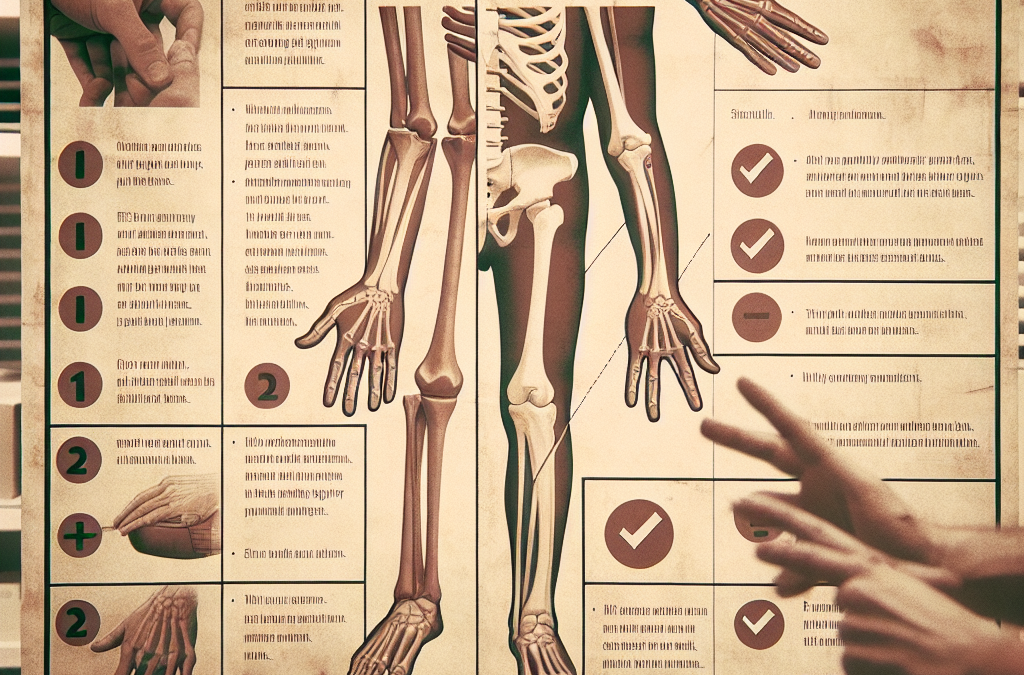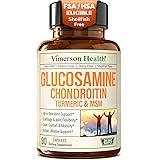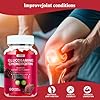Understanding the Importance of Warm-ups
Why Warm-ups Matter
You know, it’s all too easy to skip the warm-up when you’re eager to jump straight into your workout. But trust me, warm-ups are like the secret sauce to getting your joints ready for action. Just like you wouldn’t throw cold pasta into a hot pot, you shouldn’t dive into strenuous activity without prepping your body first. Warming up increases blood flow to your muscles and joints, making them more flexible and less prone to injury.
Incorporating a good warm-up routine can really help you avoid those nasty aches and injuries that come from overexertion. I’ve learned the hard way that a few minutes spent warming up can save you weeks of discomfort. Plus, it mentally prepares you for the workout ahead—you can’t underestimate the power of that!
A solid warm-up should last around 10 to 15 minutes and focus on dynamic movements that mimic what you’ll be doing in your main workout. Think leg swings, arm circles, and light jogging. It’s like easing into a nice hot bath rather than jumping in all at once! Take the time to warm up, and thank your future self later.
Listening to Your Body
Recognizing Signals of Discomfort
One of the biggest lessons I’ve learned is to truly listen to what my body is telling me. Sometimes, I’d push through pain thinking it was just part of getting stronger, but boy, was I wrong. It’s essential to recognize that discomfort and pain are often your body’s way of screaming for attention. If something feels off, don’t brush it aside!
When I started paying real attention to my body’s signals, it was like a light bulb went on. Instead of feeling guilty for taking a break, I embraced it as a necessary part of my fitness journey. Ignoring your body’s warning signs is like ignoring a warning light on your car’s dashboard; it’s just asking for trouble down the road.
So, if you feel sharp pain or even a persistent dull ache, take it seriously. Give yourself permission to rest and recover. In this fast-paced world, we often prioritize productivity over our health, but remember that taking care of ourselves enables us to keep doing what we love in the long run.
Using Proper Techniques
The Value of Correct Form
When I’m lifting weights or doing any form of exercise, I always remind myself that form is everything. I used to think I could wing it with my own ideas of how to do certain moves, but that often backfired. Proper technique isn’t just about looking good while you work out; it’s crucial for preventing injuries, particularly in your joints.
The Best Joint Support (Naturally) Starts with Organic Nutritional Support!
Get 40% Off Here ...
Think about it this way: would you drive a car without knowing the rules of the road? Similarly, it’s vital to educate yourself on the correct way to perform exercises. Whether it’s squats, lunges, or push-ups, having someone knowledgeable—maybe a trainer—teach you the ropes can make a world of difference.
The best part? Improved form can also lead to better results. You’ll be able to lift heavier, run faster, and build endurance without the fear of hurting yourself. It’s a win-win! So be sure to take the time to refine your techniques because your joints will thank you later.
Strengthening Your Muscles
The Connection Between Strength and Joint Health
You know what they say: strong muscles protect your joints. I’ve found that incorporating strength training into my routine has been a game-changer. Many people think of lifting weights purely for aesthetics, but it’s so much more than that. Stronger muscles provide better support and stability for your joints, lessening the chance of injury.
I began with bodyweight exercises and gradually added weights as I got stronger. Simple moves like squats, lunges, and deadlifts not only build muscle but also increase joint stability. Honestly, it’s one of those moments where you realize the effort put into strength training pays off in avoiding injuries when you’re out there being active.
Plus, you don’t need to hit the gym every day to make it happen. Incorporate strength training two to three times a week to start feeling the benefits. Your joints will hold up better as you strengthen the surrounding muscles, allowing you to enjoy your activities for years to come!
Prioritizing Rest and Recovery
More Than Just Time Off
Rest and recovery are often the items at the bottom of our priority list in the fitness world. For the longest time, I thought pushing through my workouts every single day made me tougher. But I quickly learned that those rest days are where the magic happens! That’s when your muscles repair, grow, and, most importantly, when your joints can recover from all that hard work.
I now schedule my rest days just as I do my workouts. Honestly, it’s a game-changer! Engaging in light activities on those days—like walking or yoga—can keep blood flowing without putting pressure on the joints. It’s about finding balance and not feeling guilty about taking the time to recover.
So remember, recovery isn’t optional; it’s a vital part of any fitness routine. Embrace it, and your joints will be forever grateful. You’ll find yourself coming back to your workouts stronger and more energized!
Frequently Asked Questions
1. What are the most common joint injuries to watch out for?
The most common joint injuries include sprains, strains, tendonitis, and arthritis. These injuries can occur due to overuse, improper technique, or failing to warm up adequately.
2. How often should I incorporate strength training?
Aim for strength training sessions two to three times a week. This will help you build muscle, which is essential for supporting your joints effectively.
3. What should a warm-up routine consist of?
A good warm-up should include dynamic stretches and light aerobic activities that gradually increase your heart rate, such as leg swings, arm circles, and brisk walking or light jogging.
4. How can I tell if I’m pushing my body too hard?
Pay attention to any persistent pain, fatigue, or soreness that lasts beyond a few days. If you feel discomfort during your workout, that’s a sign to scale back and reassess your program.
5. Why are rest and recovery important?
Rest and recovery allow your body to repair and strengthen muscles after workouts. This is crucial for preventing injuries and ensuring your joints remain healthy and functional.




























































